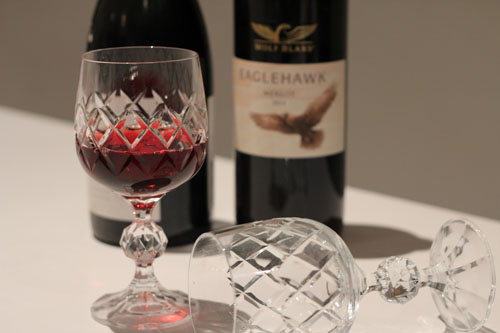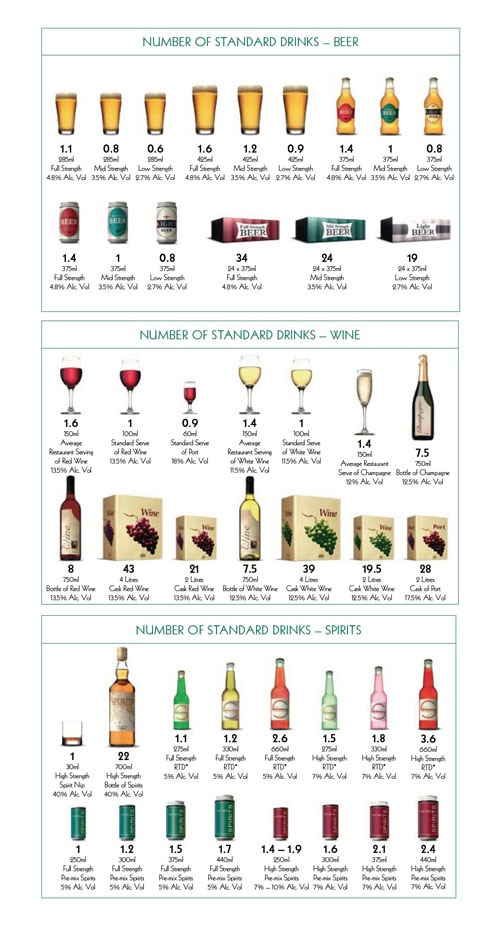This should make for sobering reading, but the sad fact of the matter is it probably won’t.
Many Australians appear clueless when it comes to the strength and impact of alcohol.
The latest poll indicates two-thirds of Aussies underestimate the number of standard drinks in a bottle of wine.
Alarmingly, 29 per cent of those surveyed by the Foundation for Alcohol Research and Education (FARE) think there are four standard drinks or less in a bottle of red wine when, in fact, on average there are 7.7.
The study also found 95 per cent were unable to correctly identify the Australian guidelines for safe drinking, which are two standard drinks a day and no more than four standards drinks in one sitting.
FARE researcher Michael Livingston said misconceptions were most prominent among young people, men and heavy drinkers.
Mr Livingston said the Federal Government needs to do more to inform people.
“A lot of effort went into developing the guidelines, but there’s been no public awareness campaign to disseminate them.”
The National Health and Medical Research Council (NHMRC) defines a standard drink as 10 grams of pure alcohol, but according to the Department of Health and Ageing and DrinkWise Australia, venues rarely serve standard drinks.
Globally, the Australian Bureau of Statistics suggests harmful use of alcohol is the third highest risk factor for “disease burden” and results in 2.5 million deaths each year.
Shamefully, it appears getting “legless” is an all-too-regular occurrence.
We need look no further than the past week at the London Olympics, where a disappointed Australian rower – Josh Booth – finished out of the medals and decided to over imbibe, smashing shop windows in a drunken stupor.
While he later couldn’t explain his behaviour, I can. Alcohol affected his ability to think rationally.
While left deeply ashamed and regretful, Mr Booth did manage to issue this note of caution.
“I hope this mistake serves as a lesson to the Australian athletes still competing at the Games … seek help and properly deal [with] the extreme emotions associated with competition [and], of course, consume alcohol carefully.”
Mr Booth isn’t the only one to profess to intoxication at the Games.
No lesser light than the winner of the Tour de France, Olympic gold medallist and the talisman at the opening ceremony, Bradley Wiggins, tweeted he was “blind drunk” in celebrating his latest victory.
So it hardly seems to matter whether you win or lose – the common thread is alcohol in the extreme.
I, for one, would have expected more – far more – from an international cycling sensation and, importantly, a role model, whether he likes it or not.
The amount of money the average Australian spends on alcohol is a growing concern, with a report indicating that in some cases it rivals household expenditure on essentials including electricity and gas.
The Australian Institute of Health and Welfare found 14 per cent of the average weekly budget is spent on booze. Quite a damning statistic, I say.
And come on, is alcohol really an essential item?
Binge drinkers and those who get on the turps regularly may think so, but then they are just the types that sporting heroes and governments and, most of all, their mates need to reach out to before it’s too late.
Why too late? Well, according to the FARE survey, three quarters of Aussies think there is a problem with excessive drinking and as many as four in five believe the situation will worsen.
So that translates into even more serious illnesses and many more preventable deaths.
To see how much you know about safe alcohol consumption, take the quiz.


